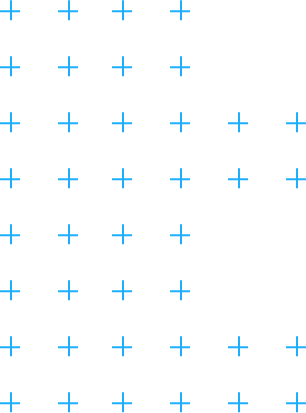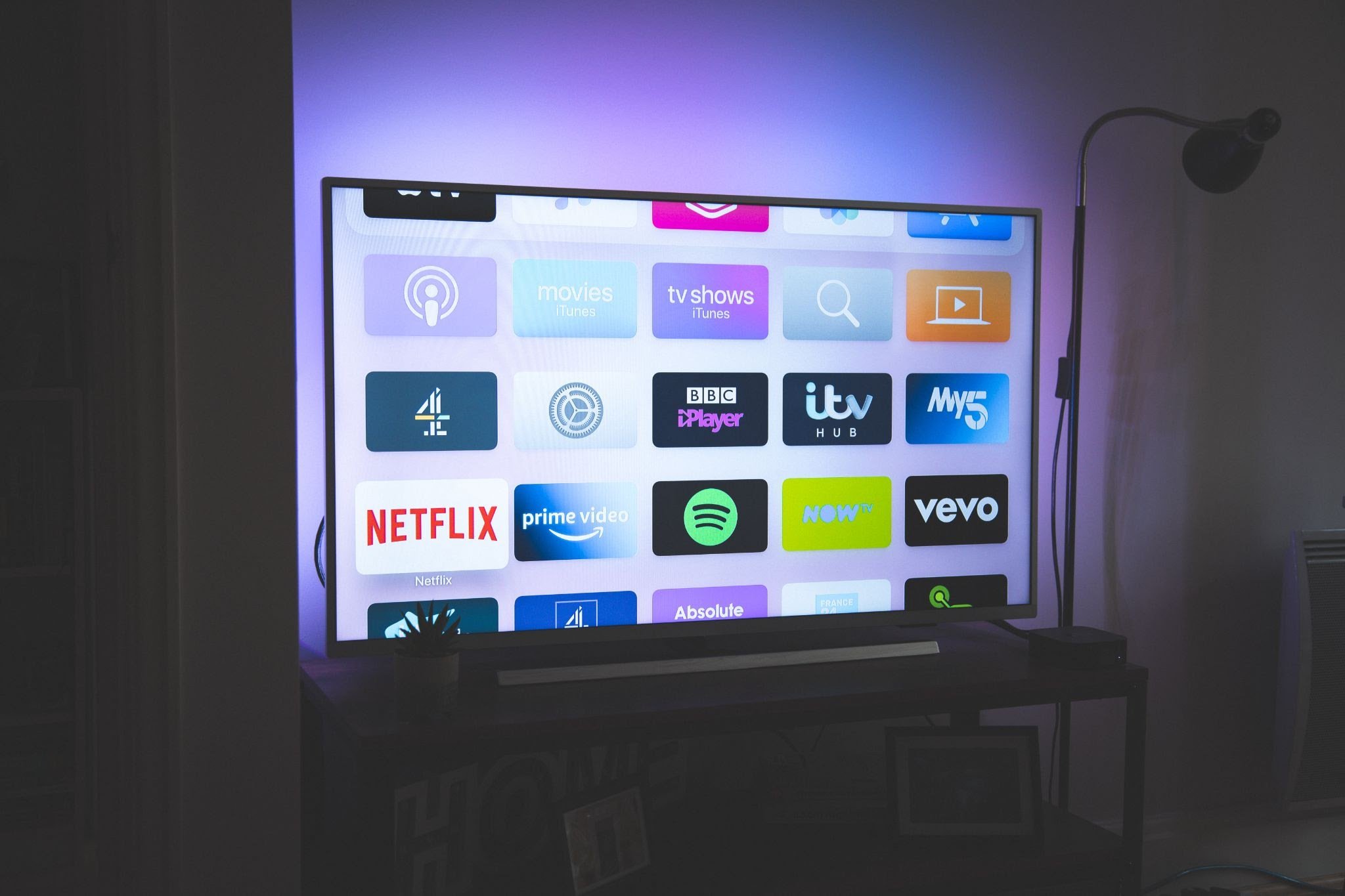CTV has become a major performance channel, but most attribution models haven’t caught up. Learn why current methods fall short, what better looks like, and how to evaluate your CTV measurement partner.
Connected TV (CTV) advertising has entered the performance marketing conversation in a major way. But with that shift comes a familiar challenge common among any new marketing channel: measurement.
In the past, Nielsen offered a consistent way to measure linear TV campaigns. In streaming, that kind of standardization doesn’t exist. Measurement is fragmented, often opaque, and sometimes misleading. Attribution, in particular, is one of the most confusing parts of the CTV ecosystem.
But there’s a lot riding on attribution these days. In fact, nearly 50% of US marketers cite attribution and measurement as a top investment priority in 2025. That makes the need for accurate, trustworthy CTV attribution more urgent than ever.
So what’s driving the confusion, and how can you make sure you’re measuring what really matters? Let’s dig in.
What Are the Common Problems with Attribution in CTV?
Not all attribution is created equal. And in the CTV world, many commonly used models fall short of capturing true performance. For example:
- QR codes are often used as a shortcut to measure engagement. But QR codes only capture a narrow slice of viewers (typically high-intent or tech-savvy users willing to scan during a show). They miss the majority of your audience and can't reliably indicate campaign-wide performance.
- Probabilistic fingerprinting uses partial signals (like IP address, device type, or location) to guess who saw an ad. It's increasingly fragile as platforms limit access to these signals, and it tends to break down in multi-device households. The result? Over-attribution and unreliable matching.
- Geolift studies measure lift by comparing exposed vs. unexposed geographic regions. But results are easily skewed by unrelated local factors — like weather, events, or store promos — and can’t isolate CTV’s true impact with precision.
- Last-touch attribution gives all credit to the final ad seen before a conversion, often undervaluing earlier exposures and overvaluing cheap retargeting tactics. It skews performance toward lower-funnel channels that may not have driven true intent (see: Why TV Deserves More Credit in Your Marketing Attribution).
- Blended attribution bundles together performance from CTV, display, and mobile channels, making it difficult to isolate what actually drove the outcome. This inflates CTV’s impact and leads to misleading conclusions.
Each of these methods either undercounts or overcounts. And either way, they distort reality, making it harder for performance marketers to make smart, scalable decisions.
What Makes a Good Attribution Model for CTV?
What you actually need is attribution that’s:
- Deterministic (not inferred)
- Built for CTV’s household-viewing dynamic
- Transparent in methodology and channel mix
- Able to isolate impact from other channels
- And rooted in incremental outcomes, not vanity metrics
What Better Looks Like: Purpose-Built CTV Attribution
Instead of stitching together disconnected signals or bundling formats, performance marketers need attribution that’s built from the ground up for CTV. And that’s exactly what tvScientific provides.
Our platform was designed to meet the unique demands of performance-focused advertisers operating in a privacy-conscious, cross-device world. Rather than relying on probabilistic fingerprinting or QR codes, tvScientific uses deterministic, 1:1 IP-level attribution to match ad exposure on CTV devices with downstream actions on connected devices in the same household. And unlike platforms that obscure performance through blended results, tvScientific delivers full transparency into how each CTV impression contributes to real outcomes.
We also support always-on incrementality testing, so marketers can observe causal relationships between CTV exposure and performance lifts across all channels — not just search or social, but even organic traffic.
Here’s how our measurement engine works:
- Ads are delivered to CTV devices
- Exposure data is stored by IP address
- Event data is captured after an action is completed using a device connected to the IP address
- Our engine matches exposure and conversion files deterministically, not probabilistically
tvScientific also goes a step further by incorporating multi-touch attribution using the Shapley Value, which assigns fair credit to each ad exposure in a user’s journey, so you can better understand CTV’s true contribution to conversion without over-attributing it.
Learn more about our measurement and attribution tools here.
What to Ask Your CTV Partners
To avoid misleading attribution, marketers need to ask more detailed questions about how campaigns are run and measured:
- How is attribution handled? Is the methodology built specifically for TV, or adapted from digital?
- Do you account for shared IP addresses and device overlap? Without controls in place, results may be inflated by inaccurate matches.
- Are results blended across CTV, display, and mobile? If so, how is performance attributed back to each format?
- Is incrementality measured? This approach uses test and control groups to isolate the real impact of ad exposure.
Getting clarity on these questions can help you separate platforms that prioritize transparency from those that obscure performance.
Make tvScientific Your Measurement Partner
Attribution is one of the most important elements of streaming TV performance. But not all attribution is created equal. Blended inventory, outdated methodologies, and a lack of transparency can all distort the results you see.
That’s why tvScientific is focused on delivering radical transparency through purpose-built CTV measurement tools. Get in touch with us to see how real Performance TV attribution works.






